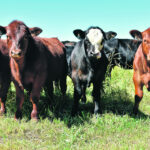Lice have been on the increase the last few years and it appears resistance to the ivermectin products may be part of the problem. As well, treatment timing, proper application, weather conditions and dosage could be factors. The type of lice can make a difference because biting lice feed on the skin surface, move around […] Read more
Tag Archives Animal Health column
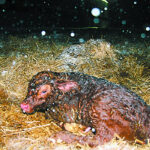
Maternal vaccines help protect neonates from disease
Maternal vaccines are given to pregnant females to protect their offspring from infectious diseases. Administering specific vaccines during late pregnancy harnesses the ancient evolutionary mechanism by which dams pass on antibodies to their neonates. Antibodies generated by pregnant females are fully formed and functional when they enter the blood stream of the offspring and give […] Read more

Drought raises possibility of nitrate toxicity this year
Nitrate poisoning in cattle is a potential issue to be aware of in years with significant drought. There will probably be significant amounts of drought-stressed cereal crops that are fed to beef cattle this winter in parts of Western Canada and we know that drought-stressed small grains and corn can accumulate nitrates to a significant […] Read more
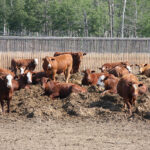
Antimicrobial market expands with new generic drugs
A widely used macrolide antibiotic used to prevent respiratory disease in cattle has come off patent. When the Draxxin antimicrobial first reached the market, there was huge uptake in the Canadian feedlot industry. Zuprevo, Micotil and Zactran, all used primarily for treatment of bacterial respiratory disease, are in the same macrolide family. Now that the […] Read more

Early weaning in next year’s calf crop may offer advantages
In a year with significant drought issues in many parts of Western Canada and limited pasture, early weaning can be a management tactic that might prove beneficial in some situations. Dry cows have lower nutritional requirements than lactating cows and therefore may be able to improve in body weight and body condition score if their […] Read more
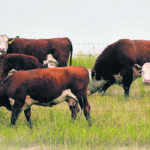
Beef industry improvements provide steady benefits
Major changes have occurred in the production of beef in our country over the last few years. Many could benefit a cattle operation. Some are pharmaceutical in nature. Others are advances in equipment, services and reduced stress cattle handling. It is promising to see advances that will improve both profitability and beef quality. Pharmaceutical companies […] Read more

Pinkeye can be a challenging health condition to prevent
It is the time of year when cow-calf producers occasionally need to deal with a frustrating disease known as pinkeye. The term pinkeye refers to any kind of inflammation of the conjunctiva of the eye. This is perhaps more of an “umbrella diagnosis” or clinical syndrome as there are numerous causes of these infections including […] Read more
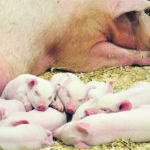
Weaning piglets at older age may pay off in longer term
In these times of extremely high input costs (feed contributes approximately 70 percent of the cost of production), pig farms continue to push for production and health improvements. Many times, we need only look at management strategies to achieve significant production and health improvements that will have a significant positive financial impact on the farm. […] Read more
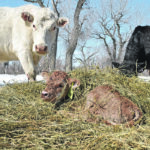
Age of onset provides clue to cause of diarrhea in calves
Calf scours, or calf diarrhea, continues to be one of the significant causes of calf mortality in beef cattle herds. Dr. Jennifer Pearson from the University of Calgary published data from the Western Canadian Cow-Calf Surveillance Network that documented an overall pre-weaning calf mortality level of 4.5 percent and a pre-weaning treatment rate for all […] Read more
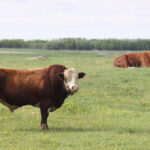
Most penile problems found in bulls can be corrected
Today, most large-scale producers have breeding soundness exams carried out on their breeding bulls yearly. Almost every purebred 12- to 15-month-old bull calf will have a breeding soundness exam performed by a veterinarian. The consistency of this exam is very good in the profession. The ReliaBull scrotal circumference tape has made scrotal circumference measurements accurate […] Read more

